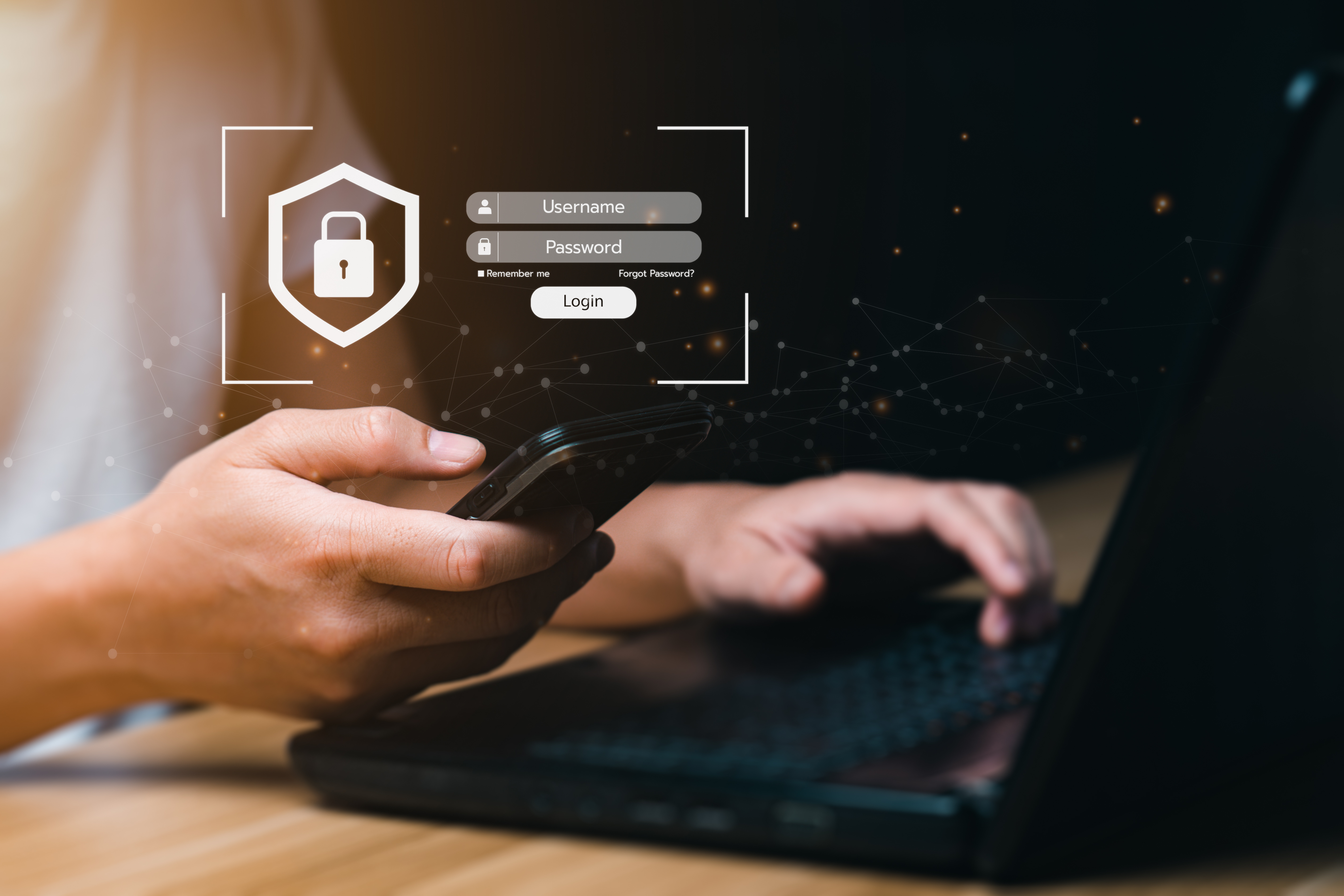Insider threat has always been a risk in contact centers, driven by high turnover and aggressive hiring cycles. This pace often leaves gaps in background checks, allowing bad actors to slip in undetected.
As global work conditions shift toward more flexible models, including hybrid and remote work setups, the risk of intentional and accidental data leaks has increased. While many contact centers are returning to in-office policies, the post-COVID reality proved that remote work is sometimes necessary—and often expected by talent.
Compounding the risk are rising social engineering attacks, where unsuspecting employees are manipulated into becoming part of larger fraud schemes. High turnover again becomes a blocker: it’s hard to train teams quickly enough to prevent such compromises.
To protect against insider fraud—whether it’s credential sharing, data theft, or phishing—contact centers need a security solution that supports all work modes and operates behind the scenes without impacting productivity.
How Do Contact Centers Typically Mitigate Insider Fraud?
Many contact centers use a combination of background checks, session monitoring, and desk restrictions to reduce insider risk. These include:
- Conducting background checks to flag potential red flags before hiring
- Monitoring agent activity to flag unauthorized access or data exports
- Enforcing clean desk policies—no smartphones, no notebooks
- Limiting access to sensitive data based on job roles and time-based controls
- Training employees to avoid phishing attempts and accidental credential exposure
While these are important layers, they’re not foolproof, and insider fraud remains a costly and persistent threat.
Why Traditional Insider Fraud Prevention Falls Short
Most legacy controls depend on static credentials, manual oversight, or the assumption that the logged-in user is who they say they are. That assumption breaks down quickly in remote or hybrid settings, where:
- Credentials can be shared, sold, or phished
- Clean desk policies conflict with token-based or phone-based MFA
- Continuous training isn't feasible at scale, especially with constant churn
- Overly aggressive access control policies hurt morale and performance
Security leaders are forced into a tradeoff: enforce stricter rules or preserve operational agility. Continuous MFA removes that tradeoff.
What Is Continuous MFA?
Continuous Multi-Factor Authentication (MFA) verifies identity based on how users interact with their devices, such as typing rhythm and mouse movement.
Once a behavioral profile is established, Twosense’s software continuously monitors users in real time and calculates a trust score. If any trust score drops below a certain threshold, indicating potential unauthorized access, the user is locked out or redirected to a fallback multi-factor authentication (MFA) method.
Security teams can configure automated responses based on role sensitivity, industry-specific compliance requirements, or fraud risk levels.
How Continuous MFA Stops Insider Fraud In Contact Centers
Continuous MFA doesn't just authenticate at login—it keeps verifying identity during every session. Unlike other authentication solutions, Continuous MFA verifies a user's identity throughout the entire session, not just when they log in. Even if an intruder is using stolen credentials, the system will detect them based on a behavior mismatch in under a minute. This makes it impossible for an employee to hand over their credentials to bad actors to commit fraudulent activities.
Since the solution doesn’t require any hardware, it enables organizations to use clean desk policies and not rely on 2FA apps for authenticating their employees. Twosense is also phishing-resistant since there are no credentials for attackers to steal.
Continuous MFA also requires no training for employees, as the agent works behind the scenes without needing any active participation from them. It also means that the solution enhances the organization's security without affecting its productivity or employee morale.
Step Into The Future Of Insider Fraud Prevention With Twosense
Twosense Continuous MFA gives contact centers the security they need without compromising productivity. It runs silently in the background, supports clean desk policies, and stops credential-based insider fraud, whether it comes from intentional misuse or accidental exposure.
Ready to secure your workforce without slowing it down?
Contact our team and see firsthand how Twosense protects your workforce, your customers, and your bottom line.



